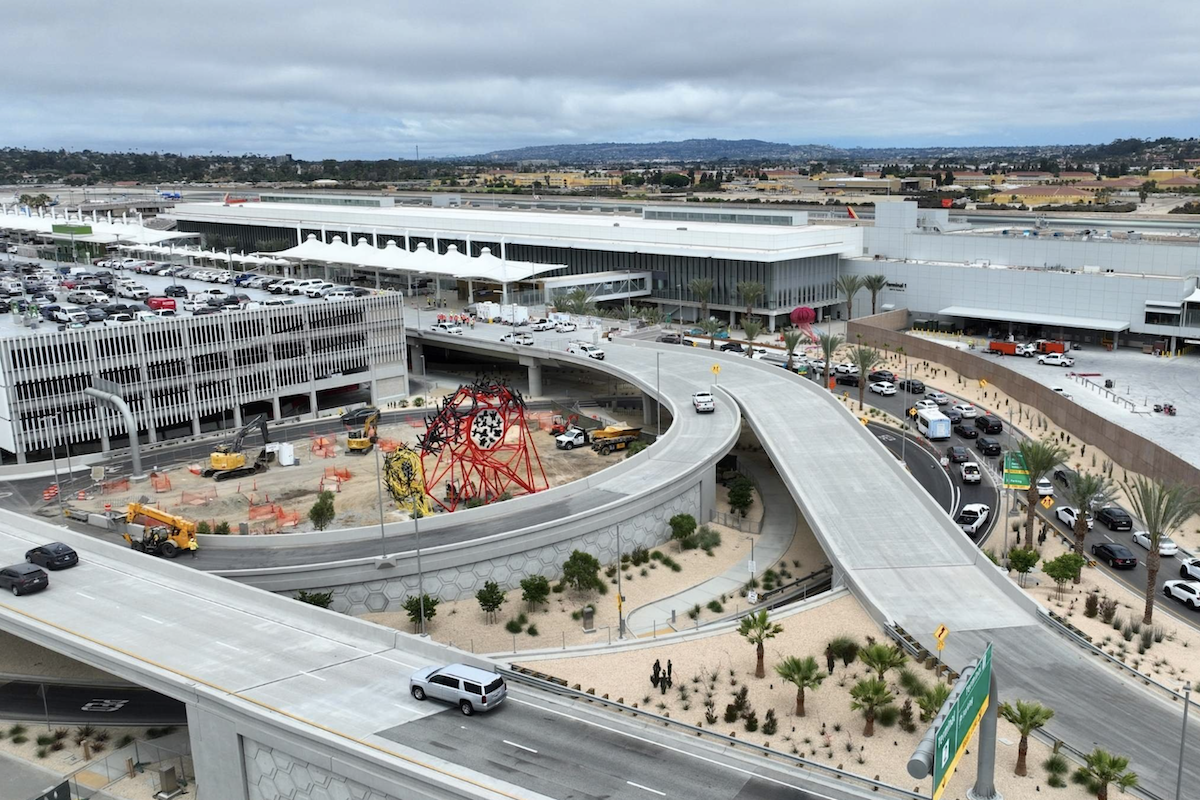ARDOT believes the bypass extension will remove through traffic from Highway 7, reduce delays, and improve safety.
“For years, area residents wanted a way to connect the Hot Springs Village area to U.S. 70 because it allows drivers to get around Hot Springs and cut travel time in half for those going from Hot Springs Village to the city of Hot Springs,” said ARDOT Public Information Officer Dave Parker.
Parker pointed to a few reasons residents want the new road. “The population in the area is older,” he said. “The bypass extension will allow people to get to medical facilities much quicker.” The new route will also make driving around Garland County easier.
Garland County Judge Daryl Mahoney said that the bypass would enhance accessibility from one side of the county to the other, especially for first responders. "We have a huge population up in the north side of the county, in the village,” he said. “This is going to open health care up to CHI, national park, [and] all of those will be so much more accessible."

| Your local Gomaco dealer |
|---|
| Terry Equipment |
The 5.8-mile two-lane extension (no median, an 8-foot-wide shoulder) includes entrance and exit ramps and 10 bridges (two W-Beam span bridges and three plate girder unit bridges). The team also installed three large box culverts.
Preparing for construction involved clearing and grubbing 180 acres. The team moved 2.2 million cubic yards of earthwork and installed 150,000 tons of aggregate base course.
Parker described the new bypass extension as scenic and picturesque. The state legislature agreed and designated the road as a scenic highway, citing the tree-lined views through the Ouachita Mountains.
“We had to be very careful regarding ground water, which meant conducting more environmental studies than is typical for a project like this,” Parker said. “We went above and beyond when it came to testing to make sure everyone was satisfied.”
The challenging soils also led to a significant change order and delayed the project. “The MSE walls for the road at one intersection did not provide safe slope along the highway’s edge,” Parker said. ARDOT engineers and the contractor went back and forth to determine how to handle the issue. Ultimately, they decided to install additional MSE walls to flatten the slopes at the bridge ends.
The change order (between finding a solution and getting approval) led to the project completion date to be one year late. Mother nature added to the challenge, as heavy rains fell right after the wall was built. “We were concerned that the wall would wash onto adjacent streets,” Parker said. The project began in March 2020 and was originally scheduled for completion in the summer of 2022. Instead, the project was deemed substantially complete in September 2023.
McGeorge and ARDOT have partnered many times over the years, including on area projects in the Hot Springs Bypass Extension. Their knowledge was tested with this project due to the massive amount of earthworks and rock excavation.
“They’re easy to deal with and are a very good firm,” Parker said. “We’re very happy with the end product that they delivered.”
The change order (and the resulting extra time), the additional embankment, and the increase in environmental testing led to the project going over budget. The original project budget was $75 million. The final price tag, however, was $87 million.
Local Garland County paid $30 million toward the tab. They raised the money via a temporary increase in the sales tax, which voters passed in 2016. Another $20 million was raised via a $20 million federal BUILD (Better Utilizing Investments to Leverage Development) grant. The federal government and ARDOT split the remainder at an 80/20 mix.
With the Hot Springs Bypass Extension complete, drivers can get around Hot Springs and Garland County faster and safer. The bypass extension also improves access to health care, potentially saving lives.










































































